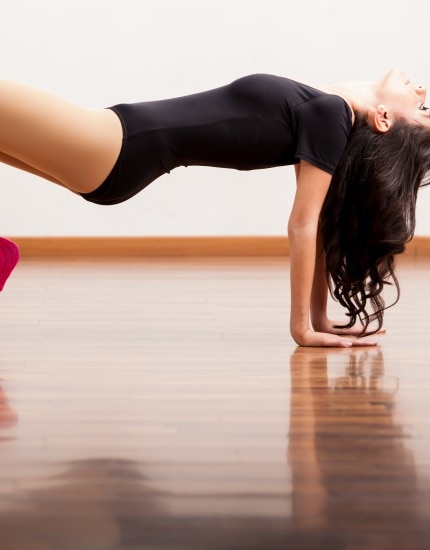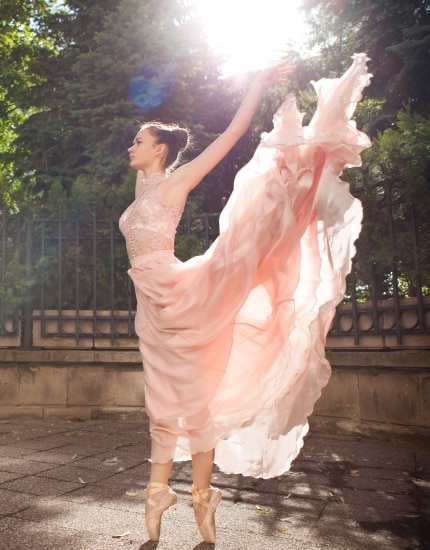Set expectations

First things first, don’t join a ballet class in your mid-twenties expecting to become a ballerina, unless, of course, you have the drive, the dedication and a lot of free time (each hour of which you will spend practicing) to spare. Basic things like posture and build affect your ability to do ballet, which is why, if you choose to join a ballet class later in life, be realistic about your expectations.
The movement

Primarily, ballet is a combination of a lot of fine movements that exercise your legs, buttocks and abs. So instead of vigorous gestures, you’re concentrating on the finer motions. This repetition helps strengthen muscles and add significant tone. When followed by beautiful ballet routines that involve movement, these muscles are lengthened, much like any other fitness program.
Beat the blues

Ballet has proven to help deal with physical issues such as neck and back pain. It’s also one of the remedies for anxiety and depression since it helps uplift our mood and give the body a much-needed boost of energy. So sign up if you’re ailing or wailing!
Assess your fitness level

Before you begin your ballet class, remember to assess your level of fitness. If you’ve recently recovered from a back or leg injury, maybe you could opt for something lighter instead. Since ballet can be very demanding, you need to work hard and be consistent by attending your classes regularly. Once you truly begin to enjoy your class, you’ll be dancing your way to a leaner body in no time.















 Privacy Notice
Privacy Notice
Written by Nazneen Joshi on 23rd Apr 2014